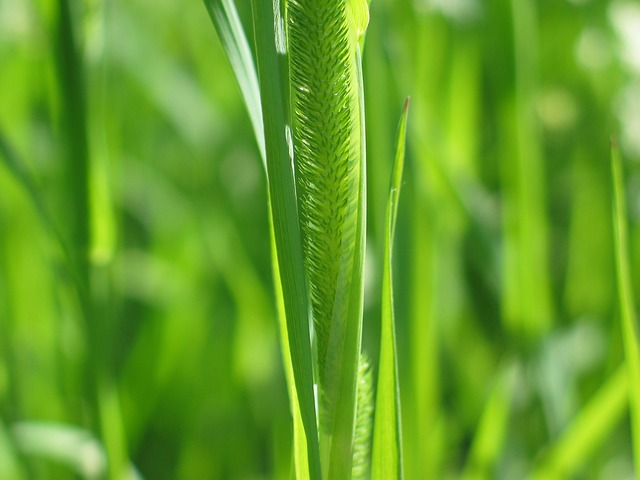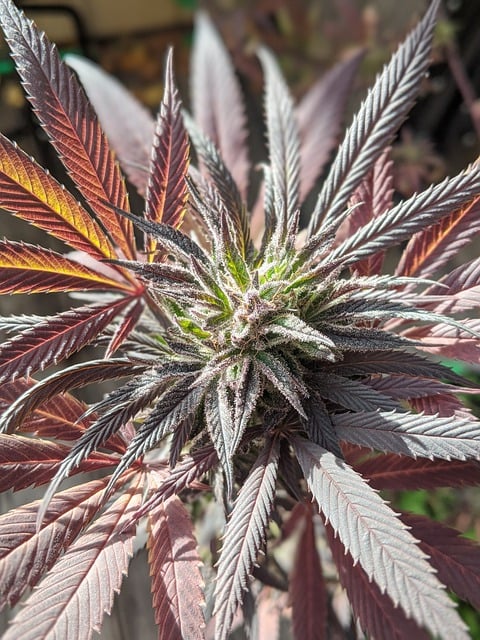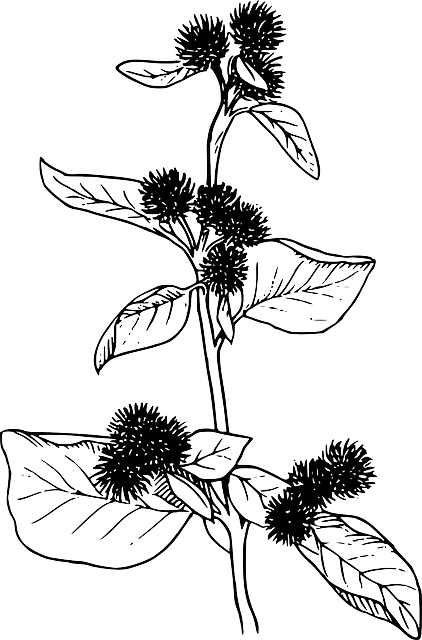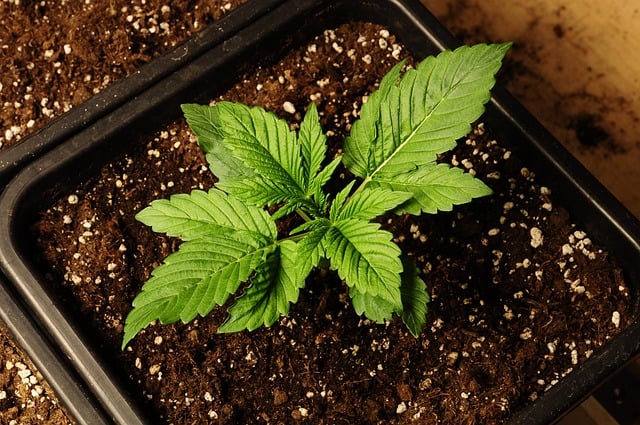Introduction
THCA-Flower-Anti-Nausea-Compounds: A Comprehensive Overview
In recent years, the world has witnessed a surge in research and development surrounding THCA-flower-anti-nausea-compounds, a class of compounds exhibiting remarkable anti-emetic properties. These compounds have gained significant attention due to their potential to alleviate nausea and vomiting associated with various medical conditions, such as chemotherapy-induced nausea (CIN) and postoperative nausea and vomiting (PONV). In this article, we will delve into the world of THCA-flower-anti-nausea-compounds, exploring their definition, historical context, global impact, economic considerations, technological advancements, policy and regulation, challenges and criticisms, case studies, future prospects, and conclusion.
Understanding thca-flower-anti-nausea-compounds
THCA-Flower-Anti-Nausea-Compounds: Definition and Core Components
THCA-flower-anti-nausea-compounds refer to a specific class of compounds derived from the flowers of the Cannabis plant. These compounds have been found to exhibit potent anti-emetic properties, making them an attractive area of research for addressing nausea-related disorders.
Historical Context: The journey of THCA-flower-anti-nausea-compounds began in the early 2000s when researchers first isolated and characterized the main active compound, Cannabidiol (CBD). Since then, subsequent studies have led to the discovery of other compounds within this class, including Tetrahydrocannabinolic acid (THCA) and its derivatives.
Significance: The significance of THCA-flower-anti-nausea-compounds lies in their potential to provide a new, non-pharmacological approach for managing nausea-related disorders. This class of compounds has shown remarkable efficacy in preclinical studies, making it an attractive area of research for developing novel therapeutic agents.
Global Impact and Trends
International Influence: THCA-flower-anti-nausea-compounds have gained significant attention globally, with researchers and clinicians from various countries contributing to the advancement of this field. The international influence of THCA-flower-anti-nausea-compounds is evident in the numerous publications, conferences, and collaborative research initiatives.
Key Trends Shaping Trajectory: Several key trends are shaping the trajectory of THCA-flower-anti-nausea-compounds:
- Growing awareness: Increasing recognition of the potential therapeutic benefits of cannabis-derived compounds has driven research and development.
- Regulatory shifts: Changes in regulatory environments, such as legalization or decriminalization, have opened up new avenues for research and commercialization.
- Investment growth: The investment landscape has shifted, with venture capital firms and pharmaceutical companies increasingly interested in cannabis-related opportunities.
Regional Impact: Different regions are affected by THCA-flower-anti-nausea-compounds in various ways:
- North America: The United States and Canada have been at the forefront of cannabis research and development.
- Europe: European countries, such as Germany and the UK, have shown increased interest in cannabis-based research and treatment options.
- Asia-Pacific: Countries like Australia and Japan are investing in cannabis-related research and development.
Economic Considerations
Market Dynamics: The market dynamics surrounding THCA-flower-anti-nausea-compounds are characterized by:
- Growing demand: Increasing recognition of the potential therapeutic benefits has driven demand for cannabis-derived compounds.
- Supply chain challenges: Limited supply, particularly in the early stages of development, has created a barrier to entry.
- Investment patterns: Venture capital firms and pharmaceutical companies have been actively investing in cannabis-related opportunities.
Role in Economic Systems: THCA-flower-anti-nausea-compounds have the potential to create new economic opportunities:
- Job creation: The development of this industry has created a need for skilled professionals, from researchers to entrepreneurs.
- Tax revenue: Legalized or decriminalized cannabis can generate significant tax revenue.
Technological Advancements
Significant Technological Advancements: Several key advancements have contributed to the progress in THCA-flower-anti-nausea-compounds:
- Synthetic chemistry: Synthetic approaches have enabled the large-scale production of these compounds.
- Analytical techniques: Advances in analytical techniques, such as GC-MS and LC-MS, have facilitated the detection and quantification of these compounds.
- Computational modeling: Computational modeling has aided in predicting the biological activity of these compounds.
Impact: These technological advancements have accelerated research and development, paving the way for potential therapeutic applications.
Policy and Regulation
Key Policies and Regulations:
- Legalization: Legalization or decriminalization of cannabis has created a favorable environment for research and commercialization.
- Regulatory frameworks: Governments and regulatory bodies have established guidelines for the production, distribution, and use of cannabis-derived compounds.
- Patent law: Patent law plays a crucial role in protecting intellectual property related to THCA-flower-anti-nausea-compounds.
Influence: Policies and regulations have both facilitated and hindered the development of THCA-flower-anti-nausea-compounds, with ongoing efforts to strike a balance between innovation and public health concerns.
Challenges and Criticisms
Main Challenges:
- Supply chain limitations: Limited supply and high production costs can create barriers to entry.
- Regulatory hurdles: Regulatory frameworks can be restrictive, limiting the potential for commercialization.
- Public perception: Negative public perception can impact adoption rates and acceptance.
Criticisms:
- Lack of standardization: The lack of standardized procedures and quality control measures can lead to variability in product potency and efficacy.
- High costs: Production and distribution costs can be high, making it challenging for businesses to operate profitably.
- Research gaps: Limited research into the long-term effects and potential side effects of THCA-flower-anti-nausea-compounds has raised concerns.
Conclusion
The future of THCA-flower-anti-nausea-compounds holds great promise, with ongoing research and development aimed at unlocking their therapeutic potential. However, challenges and criticisms must be addressed to ensure a sustainable and responsible approach to this field.

Exploring THCA Flower’s Natural Anti-Nausea Properties and Cultivation
THCA flower, a non-psychoactive compound from the Cannabis sativa plant, is emerging as an effectiv…….
Read More
Exploring the Potential of THCA Flower for Anti-Nausea Benefits
The THCA flower, rich in non-psychoactive THCA compounds, has emerged as a potential therapeutic ag…….
Read More
Harnessing THCA Flower’s Anti-Nausea Potential: A Scientific Deep Dive
The THCA flower, rich in tetrahydrocannabinolic acid (THCA), a non-psychoactive cannabinoid, has ga…….
Read More
Harnessing THCA Flower’s Anti-Nausea Potential: A Scientific Exploration
Δ9-THCA, a non-psychoactive cannabinoid found in raw cannabis plants and flowers, has emerged …….
Read More
Exploring THCA Flower’s Anti-Nausea Potential: A Scientific Deep Dive
The THCA flower, rich in the non-psychoactive cannabinoid THCA, is gaining attention for its anti-n…….
Read More
Harnessing THCA Flower’s Anti-Nausea Benefits: A Guide to Cultivation and Science
The THCA flower, a non-psychoactive component of cannabis sativa, has been recognized for its poten…….
Read More
Maximizing THCA Flower Benefits for Anti-Nausea Relief: A Grower’s Guide
The THCA flower, a non-psychoactive form of raw cannabinoid found in cannabis and hemp, has shown p…….
Read More
Exploring THCA Flower: Unveiling Its Anti-Nausea Potential
The THCA flower, rich in the non-psychoactive compound tetrahydrocannabinolic acid (THCA), is gaini…….
Read More
Maximizing Anti-Nausea Benefits with THCA Flower Cultivation and Use
The THCA flower, a non-psychoactive cannabinoid found in cannabis, has been identified for its sign…….
Read More
Harnessing THCA Flower’s Anti-Nausea Compounds for Holistic Wellness
THCA flower stands out for its anti-nausea properties, largely due to its non-psychoactive cannabin…….
Read More